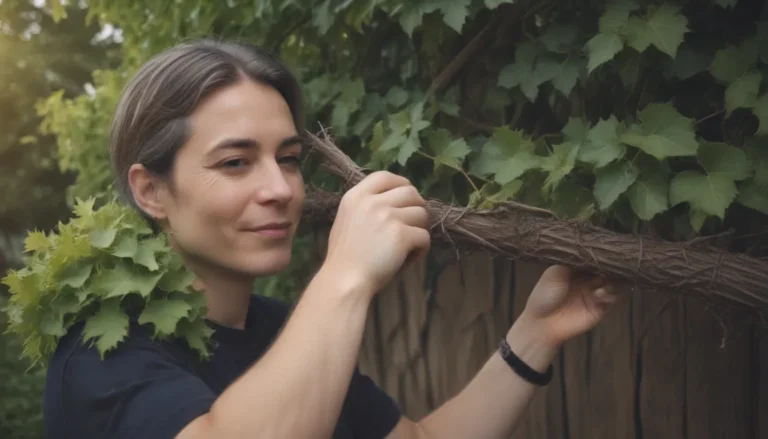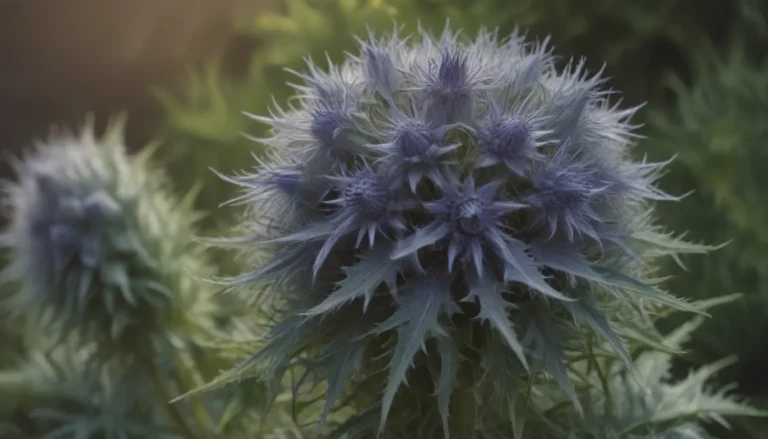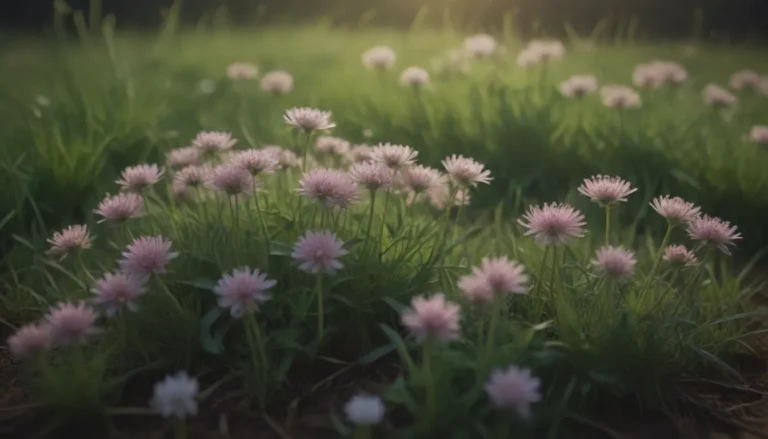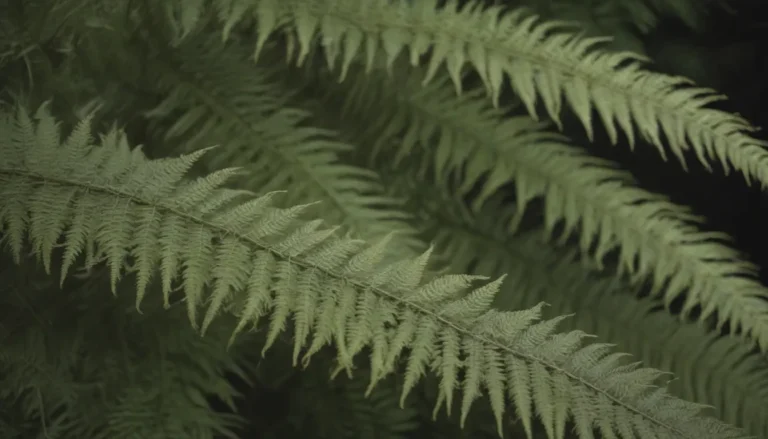Comprehensive Guide to Growing and Caring for Lance-Leaved Coreopsis (Coreopsis Lanceolata)
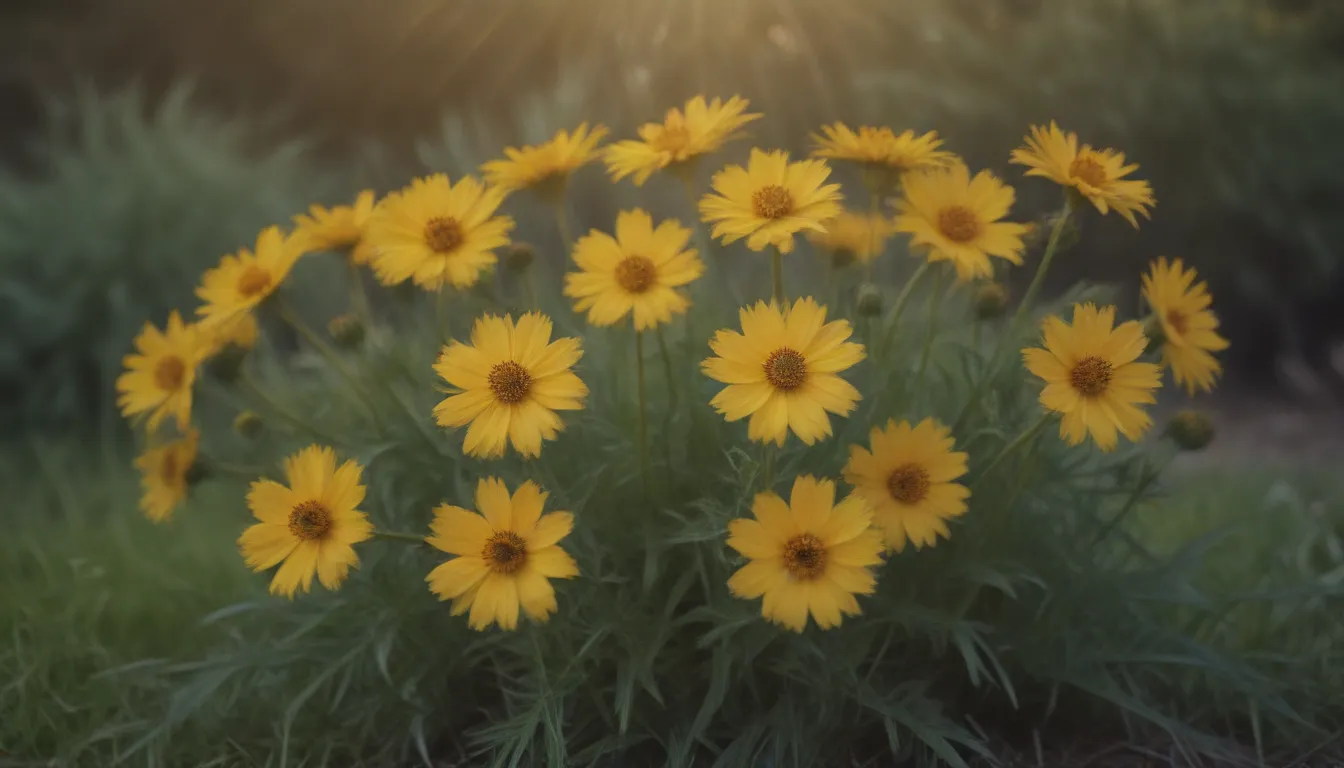
Are you looking to add a burst of golden yellow to your garden? Lance-leaved Coreopsis, also known as Coreopsis lanceolata, might just be the plant you’re looking for! This wildflower native to the southeastern United States has gained popularity as a garden plant across the country. With its eye-catching daisy-like flowers and lance-shaped leaves, Coreopsis lanceolata is a delightful addition to any garden landscape.
In this comprehensive guide, we’ll walk you through everything you need to know to successfully grow and care for Lance-leaved Coreopsis. From planting to propagation, we’ve got you covered. So grab your gardening gloves and let’s dive in!
Overview of Lance-Leaved Coreopsis
Before we delve into the nitty-gritty details of caring for Lance-leaved Coreopsis, let’s take a moment to appreciate this beautiful plant. Here are some key characteristics of Coreopsis lanceolata:
- Solitary daisy-like golden yellow flowers
- Narrow, lance-shaped leaves clustered near the base of the plant
- Blooms in spring to early summer
- Attracts a wide range of beneficial native insects
Now that we have a good understanding of what makes Lance-leaved Coreopsis special, let’s learn how to care for this lovely plant.
Coreopsis Lanceolata Care
Lance-leaved Coreopsis is a relatively low-maintenance plant, making it a great choice for beginner gardeners or those with a busy schedule. Here are some essential care tips for keeping your Coreopsis lanceolata healthy and thriving:
- Light: Ensure your Coreopsis receives full sun to promote optimal growth and bloom. Lack of sunlight can result in scraggly growth and reduced flowering.
- Soil: Coreopsis lanceolata is adaptable to various soil conditions but thrives best in well-draining soil. It can tolerate dry, rocky, and poor soil.
- Water: Water newly planted or divided Coreopsis until established. Once established, this plant is drought-resistant and does not require additional watering during dry spells.
- Temperature and Humidity: Native to southeastern Canada and the central and eastern United States, Coreopsis lanceolata is tolerant of heat, humidity, and winter-hardy to USDA Zone 4a.
- Fertilizer: Coreopsis lanceolata thrives in nutrient-deprived soil and generally does not require additional fertilization.
By following these care guidelines, you can ensure that your Lance-leaved Coreopsis stays healthy and vibrant throughout the growing season.
Types of Coreopsis Lanceolata
While Coreopsis lanceolata is a stunning plant on its own, there are several cultivars and varieties that you may want to explore. Some popular types of Lanceleaf Coreopsis include:
- C. lanceolata ‘Sterntaler’
- C. lanceolata ‘Brown Eyes’
- C. grandiflora ‘Baby Sun’
- C. grandiflora ‘Early Sunrise’
- C. grandiflora ‘Sunray’
Each variety offers its unique characteristics and can add diversity to your garden landscape.
Pruning and Propagation
One essential aspect of caring for Lance-leaved Coreopsis is pruning and propagation. Here are some tips on how to maintain your Coreopsis plant:
- Pruning: While Coreopsis lanceolata does not require extensive pruning, deadheading spent flowers can prolong the bloom period. If the plant appears scraggly, a slight trim can encourage compact growth.
- Propagating: After two to three years, division is necessary to maintain the plant’s vigor and shape. Propagating Coreopsis lanceolata through division is a simple way to create new plants.
How to Grow Coreopsis Lanceolata from Seed
If you’re interested in growing Coreopsis lanceolata from seed, you’re in luck! This variety can easily reseed itself to form naturalized colonies. Here’s a step-by-step guide on growing Coreopsis lanceolata from seed:
- Collect mature seeds from the plant.
- Sow the seeds in well-draining soil in the early spring.
- Keep the soil moist until germination occurs.
- Thin out seedlings to allow for proper spacing.
By following these seed-growing tips, you can expand your Coreopsis collection with ease.
Potting and Overwintering
For gardeners who prefer container gardening, Coreopsis lanceolata is suitable for growing in pots. Here are some key points to consider when potting and overwintering your Coreopsis:
- Choose a container with adequate drainage and fill it with well-draining potting mix.
- Repot the plant as needed to prevent overcrowding.
- In winter, cover the base of the plant with mulch to protect the roots from the cold.
By following these container gardening and overwintering tips, you can ensure your potted Coreopsis thrives year-round.
Common Pests and Diseases
While Lance-leaved Coreopsis is relatively resistant to pests and diseases, it’s essential to be aware of potential issues that may arise. Common pests include slugs, snails, aphids, flea beetles, and cucumber beetles. Additionally, powdery mildew and other fungal diseases may affect the plant if conditions are favorable.
To combat pests and diseases, monitor your Coreopsis regularly and address any issues promptly to prevent them from spreading.
Troubleshooting Blooming Issues
If your Coreopsis lanceolata fails to bloom, there may be underlying factors affecting its flowering. Lack of sunlight and over-fertilization with nitrogen can inhibit blooming. Ensure your plant receives adequate sunlight and avoid excessive fertilization to promote healthy flowering.
By addressing these common issues, you can encourage your Coreopsis to bloom beautifully season after season.
Common Problems and Solutions
Like any plant, Lance-leaved Coreopsis may encounter challenges that require intervention. Here are some common problems and solutions for maintaining a healthy Coreopsis plant:
- Waterlogged Soil: Avoid overwatering, especially during the dormant winter months, to prevent stem and root rot.
- Overfertilization: Excessive fertility can cause the plant to sprawl and develop weak stems. Reduce fertilization to maintain healthy growth.
- Aggressive Reseeding: If Coreopsis spreads too aggressively, remove spent flowerheads to prevent excessive reseeding.
By addressing these common issues proactively, you can ensure your Coreopsis remains healthy and vibrant in your garden.
Conclusion
In conclusion, Lance-leaved Coreopsis (Coreopsis lanceolata) is a versatile and beautiful addition to any garden landscape. With its striking golden flowers and low-maintenance care requirements, this plant is perfect for beginner and experienced gardeners alike.
By following the care guidelines outlined in this comprehensive guide, you can cultivate a thriving garden filled with the vibrant beauty of Coreopsis lanceolata. Whether you’re growing it in the ground or in containers, this native wildflower is sure to brighten up your outdoor space with its cheerful blooms.
So, go ahead and plant some Lance-leaved Coreopsis in your garden, and enjoy the beauty and charm it brings year after year. Happy gardening!

